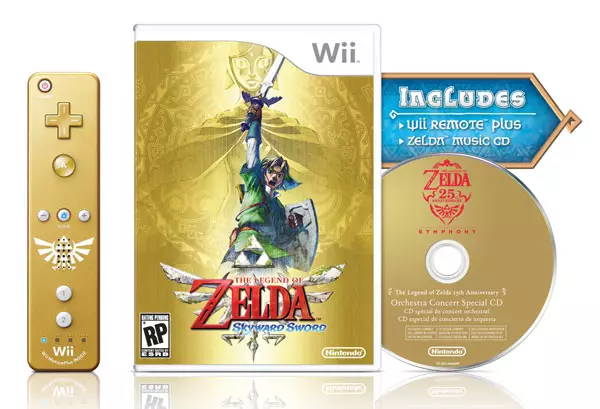What if you could use your phone to test the air for toxins? What if you could monitor your health simply by blowing on it? Sounds amazing, right? Nanosensor technology developed by NASA Ames is going to make that a reality.
Nasas Jing Li has been working on just that for years, and might just be the greatest smartphone accessory ever. Nasa originally developed the technology to be able to find gas leaks on the ISS (International space station). It’s a small chip (about the size of a postage stamp) that houses 32 nanosensor bars. Each bar is composed of a different nano-structure material. Because each sensor bar is unique it can respond to different chemicals in different ways, enabling it to not only differentiate between them, but also to monitor their relative levels, in real time. To be honest i didnt think so but its actually quite close to a production state. So in a few years you may be able to buy one! It’s housed in a small case that attaches to a smartphone.
They’ve been on the International Space Station since 2008, monitoring air-quality and checking for formaldehyde in the air. Future applications could include taking samples on asteroids and Mars missions. So that’s where it started, but the Department of Homeland Security is now funding this project in order to bring it back down to earth—and to consumers.
There are certainly military applications (the Department of Defense is funding an implementation where soldiers could wear these to alert them of chemical threats), but the cellphone implementation is aimed squarely at consumers. The chip only draws 5 milliwatts, which means very little battery-drain (the smartphone they tested it with can use the sensor for 8 continuous hours on a single charge). It’s primarily being developed to monitor carbon monoxide as well as chlorine, ammonia, and methane in your home.But these things could really be used anywhere because they’re so small. An app could automatically send data back to the Department of Homeland Security or other emergency services agencies, which would give them a big-picture look at a larger area—and let them know if a mass evacuation is needed.
The most exciting potential use, though, is how it could diagnose and monitor people with medical conditions. For example, for diabetes patients there is a direct correlation between the level of acetone in their breath and the level of sugar in their blood. The nanosensor could be used as a completely non-invasive diagnosis and measurement method. Just breathe on your phone. No more pricking your finger a million times a day.










has been working on just
very nice!